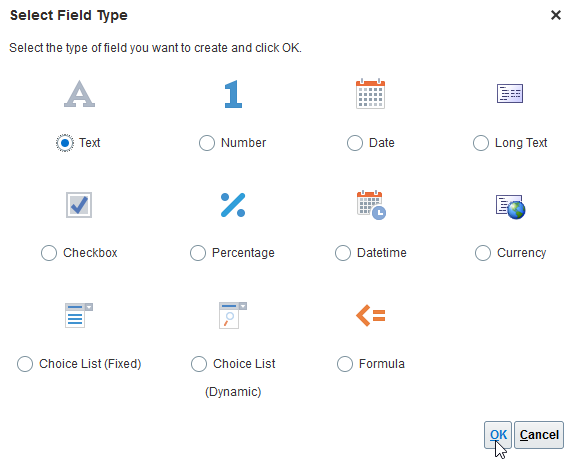Oracle Financial Reporting Studio is a tool that enables users create Financial Reports. These reports are built using data in the Oracle General Ledger balances cube. Some examples are company income statements, balance sheets etc. These reports are usually run by users in General Ledger.
Finance Reports created using FRS are stored and read from the Shared Folders -> Custom -> Financials path.
These reports are different in structure than BI Publisher or OTBI Reports; and hence the process to migrate them from one environment to another is also different than that of BIP or OTBI reports.
Let's see how we can migrate FRS reports from source to destination environment.
Before proceeding with below steps, ensure that the user has Application_Implementation_Consultant role.
Steps to be followed in Source Environment:
- Make sure all our FRS reports are available in /Shared Folders/Custom/Financials path.
- Navigate to Setup and Maintenance and click 'Manage Implementation Projects'
- Click 'new' to add a new implementation project.
- Enter the project information and click Next.
- We need to ensure that 'include' check boxes are 'NOT SELECTED' for all the projects.
- Click Save and Open project
- We have created the custom Implementation Project.
- Now we need to add the Task.
- Click 'New' to add a task.
- In the pop-up window, change type to Tasks and search for 'Create Financial Statements' task.
- Select 'Create Financial Reports' and click Done.
- Click 'Done' for the implementation project.
Now we need to create a configuration package and assign above implementation project to it.
- Navigate to Setup and Maintenance and click 'Manage Configuration Packages'
- Click 'New' to create a new configuration package.
- From the dropdown, select the implementation project created in above steps.
- It may show below message. This is because we have not selected aby offerings while creating Implementation Project. This is ok. Just click Yes.
- Review the details. Here we will be able to see 'Finance Reports' task based on our selections made during implementation project creation.
- Click Next and then Submit
- This will submit a job which will run for a few seconds.
- Refresh the status until we see the status as Completed.
- Download the 'Configuration Package' from the download link once the process is completed.
- Let's review the Configuration Package zip file. If we open this file on our local machine, we will see it contains a folder named 'businessObjectData'
- Open businessObjectData folder
- We will see another zip file named GL_FINANCIAL_REPORT.zip
- If we open GL_FINANCIAL_REPORT.zip file, it will contain another file named FR_Reports.zip
- Open FR_Reports.zip and you will see a folder/subfolder chain from shared -> Custom -> Financials
- Once you reach to Financials folder, you will see all your FRS reports located here. Report extension will be .DES
Steps to be followed in Target Environment:
- Navigate to Setup and Maintenance and click 'Manage Configuration Packages'
- Here we need to upload our zip file. So click 'Upload' and choose the configuration package (zip file) downloaded during above in export process.
- Click 'Get Details' button and it will show both the Configuration Package and Implementation Project details from the zip file.
- Click Submit
- This will submit a process under 'Export and Import Processes' section with Type = Upload. Refresh and wait for the status to change to 'Completed successfully'.
- Now, in the 'Export and Import Processes' section, select the above completed process (Type=Upload) and click 'Import Setup Data' button to import the data.
- Enter/accept the process details and click Next
- Here, we will see 'Financial Report' Business Object Service.
- Click Submit
- This will submit a process under 'Export and Import Processes' section with Type = Import setup data. Refresh and wait for the status to change to 'Completed successfully'.
- Once this process successfully completes, we will see all our FRS reports under /Shared Folders/Custom/Financials path and can be accessed by end users.






















































